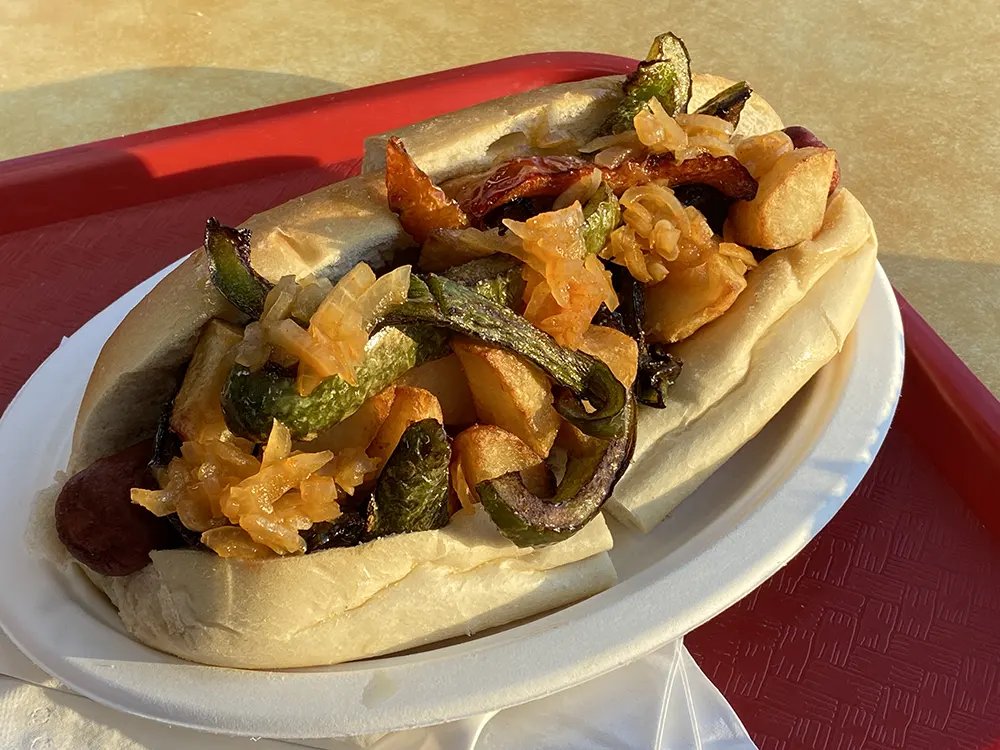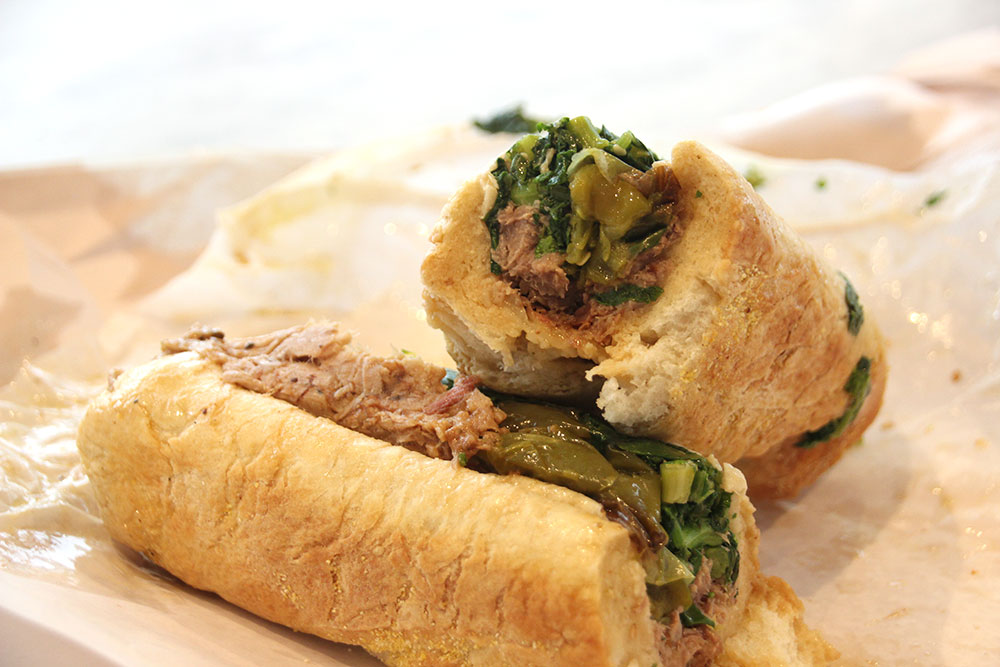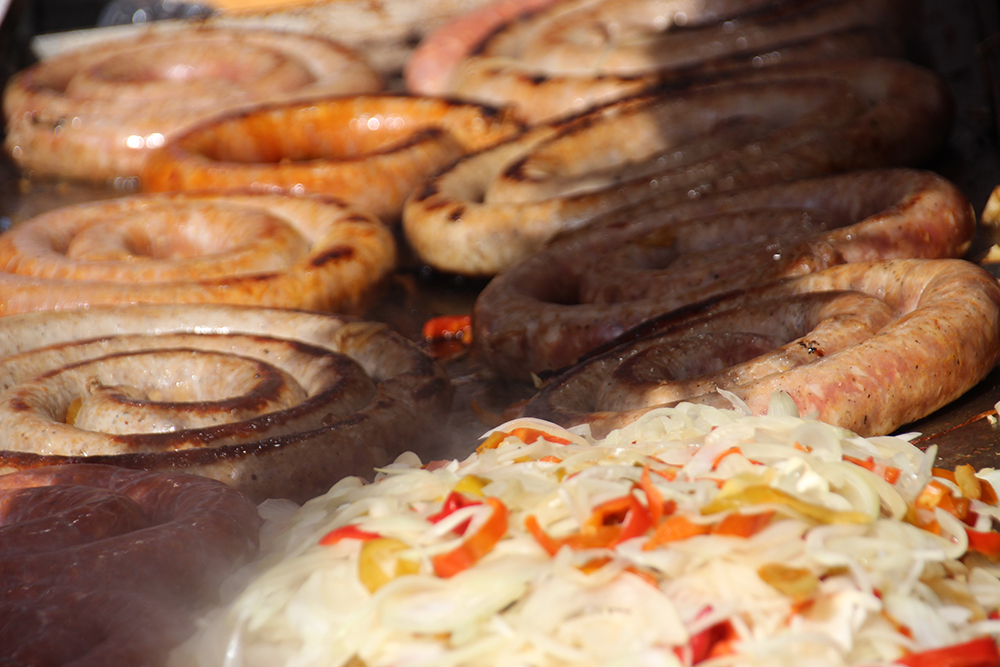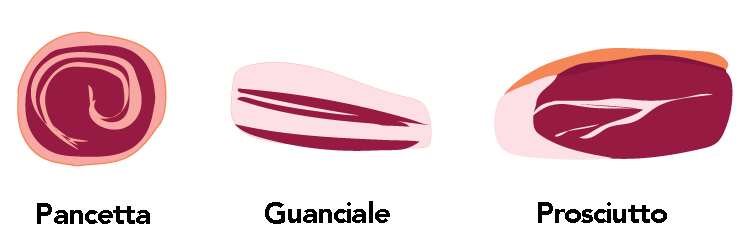The History of New Jersey’s Italian Hot Dog
By Ian MacAllen
Monday, February 19th, 2024 | 5,573 views

Italian Americans are well known for a variety of sausages, but hot dogs aren’t usually considered an Italian sausage. However, that didn’t stop the Italians in New Jersey from adopting the hot dog, and making it uniquely their own.








